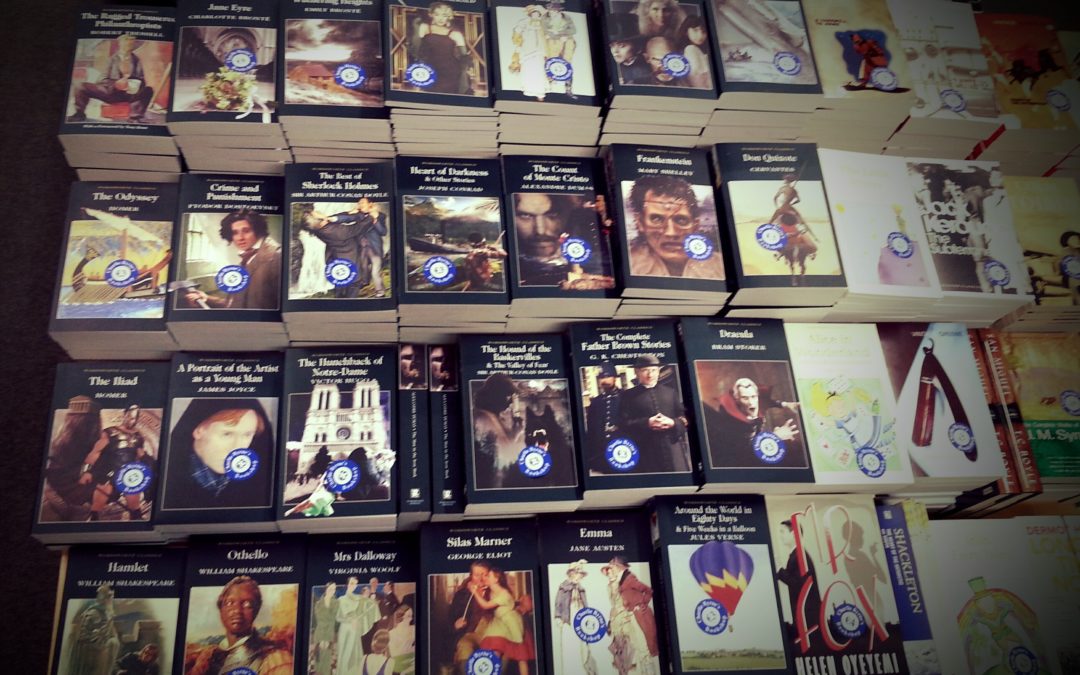I expected to do plenty of reading during the lockdown, but I couldn’t have anticipated that much of it would involve A-Level set texts.
A friend’s daughter, marooned at home during the first year of her A-Level English course and faced with Frankenstein and Mrs. Dalloway, was sufficiently desperate to ask for my help. I’ve taught both novels to undergraduates, but discussing them over Skype with a teenage reader has reminded me that what we in the academy take for granted as canonical works can be intimidating, even alienating, when encountered for the first time and without a cultural context in which to make sense of them. We’ve been talking about the place of these books in the history of Romantic and Modernist literature, and I’ve tried to explain these movements in straightforward terms while doing justice to their complexity and contradictions. Whether any this will be of use in an A-Level exam remains to be seen.
The same exam board has set Hanif Kureishi’s The Buddha of Suburbia. Looking for useful secondary material, I came across Zadie Smith’s essay on the British Library website, in which she recalls what it meant to her, as a mixed race teenager in London, to come across this novel; her delight in encountering a story that came close to reflecting her own experiences and treated her identity as valid and important. It’s helpful to be reminded that, no matter how ghastly much of our current reality might be, thirty years after Kureishi’s debut novel was published at least some things have changed for the better. I’ve enjoyed reading what Zadie Smith describes as ‘a book that refuses to toe the party line’, with its narrator who is ‘rude where you might expect piety, fractious where you were counting on peace, and queer where it would have been far easier, at the time, to play it straight’: https://www.bl.uk/20th-century-literature/articles/zadie-smith-on-the-buddha-of-suburbia
In a different way, my own research is about the expression of irreverence by those individuals who refused to ‘toe the party line’ and who ignored the official pieties of Victorian Britain. I was therefore fascinated by Rohan McWilliam’s very readable account of the The Titchborne Claimant, a legal case and popular cause célèbre with some pleasingly disreputable protagonists. Continuing this theme but on another topic, Jon Savage’s Teenage: The Creation of Youth, 1875-1945 addresses a phenomenon that is often assumed to be much more recent – adolescent rebellion and society’s response to it.
Finally, the Covid epidemic has brought mortality to the front of most people’s minds, and like everyone else I spend a lot of time worrying about vulnerable family and friends. One of my favourite recent discoveries has been Yorkshire-based poet Zaffar Kunial, whose collection Us was published in 2018 by Faber & Faber. I heard him reading aloud the poem Prayer from that collection on Radio 4 last year. Since then, and especially since the start of this pandemic, I’ve been repeatedly drawn to it.
Alan McNee, Research Fellow, IES

